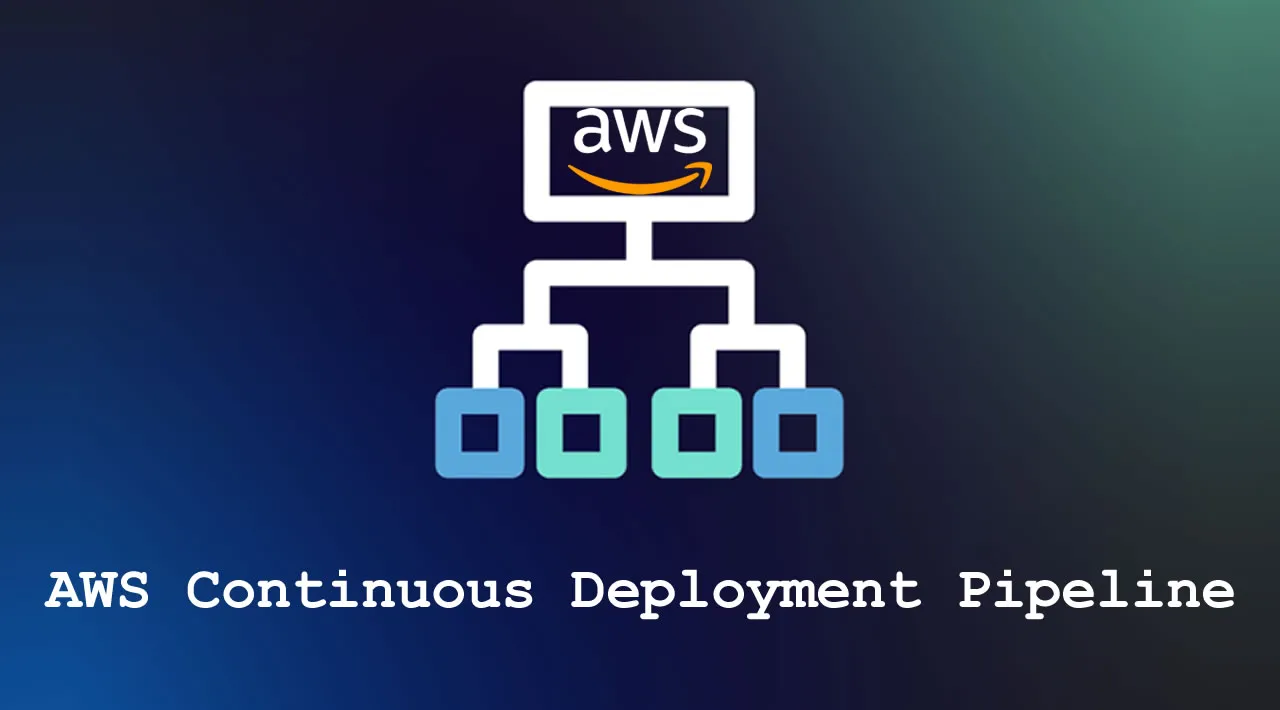Curious how to set up a continuous deployment pipeline with AWS services? Read this blog and get acquainted with AWS CodeBuild, AWS CodePipeline and Elastic Beanstalk.
Creating a continuous deployment pipeline will bring us a step closer to an automated build, test, deploy strategy. In order to create such a pipeline, we need to have access to several tools. Instead of installing these on on-premise servers, we can make use of the AWS cloud offer. Let’s see how this can be accomplished!
1. Introduction
We want to create an automated pipeline in order to ensure that no manual and error prone steps are required for building, testing and deploying the application. When a failure occurs during one of these steps, we will be automatically notified and can take necessary actions in order to resolve the issue.
What will we be doing in this post?
- Create a sample Spring Boot application.
- Push the source code to GitHub.
- Build the application with AWS CodeBuild.
- Create an AWS Elastic Beanstalk environment.
- Create an AWS CodePipeline to glue everything together.
You will need an account at GitHub (which is fairly easy to create) and an account at AWS for this. A step-by-step guide how to create an AWS account can be found in a previous post where we explored AWS Elastic Beanstalk.
The sources which we will be using can be found at GitHub.
#aws #continuous deployment #aws codebuild #aws codepipeline #elastic beanstalk
